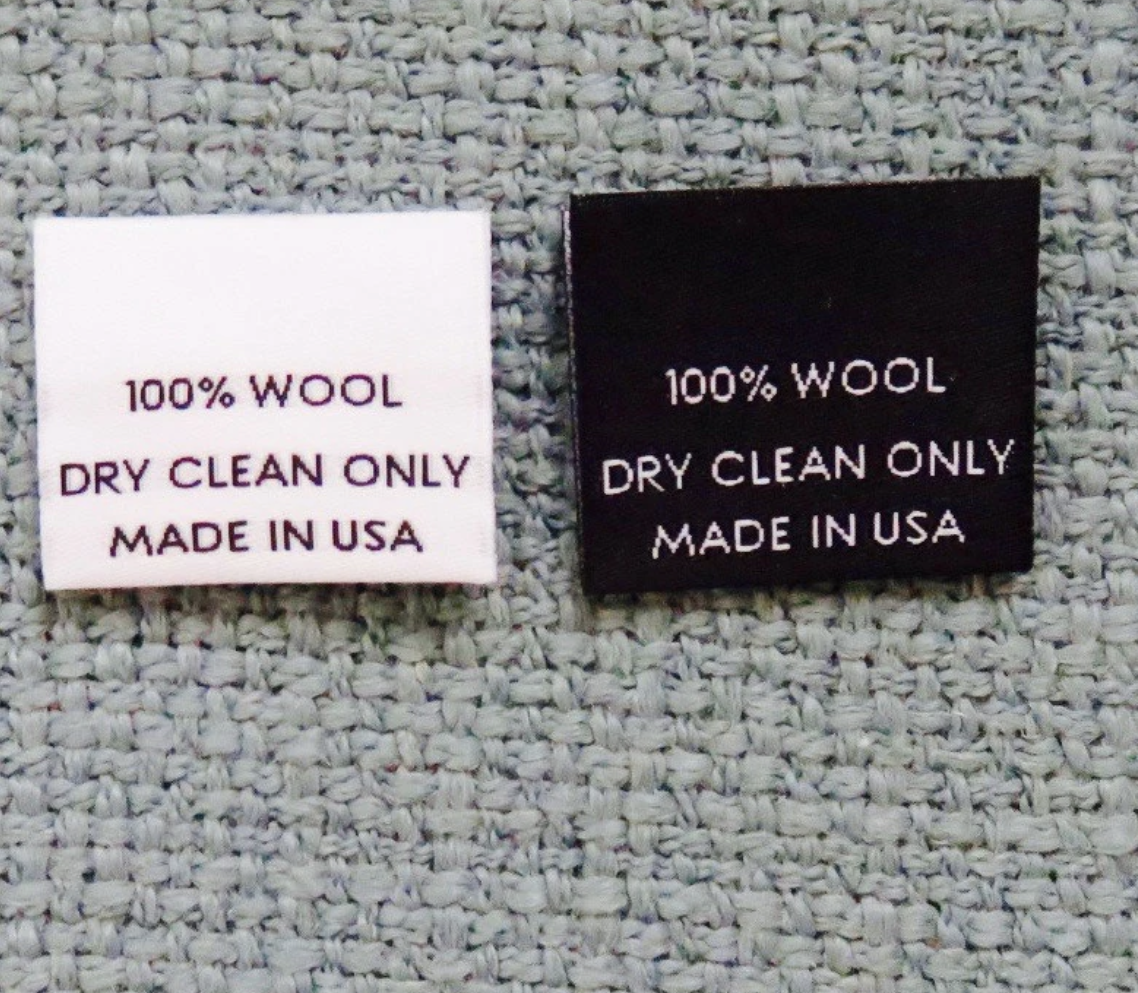How To Tell If Your Thrift Finds Are Truly Vintage
Thrifting has become a popular hobby for many, offering the thrill of finding unique pieces at a fraction of the cost. However, one common question that arises is whether a thrift find is truly vintage.
Understanding Vintage
First, it’s essential to define what "vintage" means. Generally, items are considered vintage if they are at least 20 years old but not yet antique, which typically requires being over 100 years old. Vintage items often reflect the design trends and materials prevalent during their time.
Tips for Identifying Vintage Items
Check the Label
Look for labels from brands that were prominent in past decades, such as "Made in the USA" tags from the '70s or '80s.
Identify any outdated logos or tags, such as those from companies that have since rebranded, like J.Crew or Levi's.
Look for care instructions. Garment care labels were introduced in 1971. If a piece does not include care instructions it is often made before this requirement was enforced.
Look for union labels. Union labels, such as ILGWU, can indicate that the clothing was made in the United States in the mid-20th century.
Look for RN numbers. RN numbers were introduced in 1952, and the numbering convention changed in late 1959. If you see a tag with an RN number between 00101 to 04086, the garment was made before 1960. If the RN number is 13670 or larger, it was likely made in 1960 or later.
Examine the Materials
Feel the fabric: if it’s made from 100% wool or cotton, it’s more likely vintage compared to a blend with polyester.
Check for unique textures commonly used in earlier decades, like boucle or denim with a raw finish.
Check the zipper. Clothing made before the 70s included all metal zippers. Brands introduced plastic zippers in the mid 60s and haven’t turned back.
Look for Unique Details
Inspect for features like patch pockets or unique button styles that were popular in specific eras.
Notice any embellishments like embroidery or beading that are typically hand-stitched rather than machine-made.
Examine the size. Sizing for vintage clothing is often different from modern day sizes.
Research the Style
Familiarize yourself with specific fashion trends: for example, A-line dresses were popular in the 1960s, while high-waisted jeans gained popularity in the '80s.
Identify patterns associated with certain decades, such as paisley prints from the '70s or bold geometric shapes from the '80s.
Inspect the Construction
Look closely at the stitching: vintage items often feature double-stitched seams or hand-finished hems.
Check for the presence of lining: many vintage coats and jackets were fully lined, a sign of quality construction.
Consider the Source
Be mindful of where you purchase the item: local estate sales often yield true vintage finds, while newer thrift stores may stock more contemporary pieces.
Ask the seller about the item's history, as personal stories can provide context and authenticity.
Distinguishing true vintage pieces in thrift stores can be both an art and a science. By paying attention to labels, materials, details, and construction, you can better identify genuine vintage items. Happy thrifting friends!\




